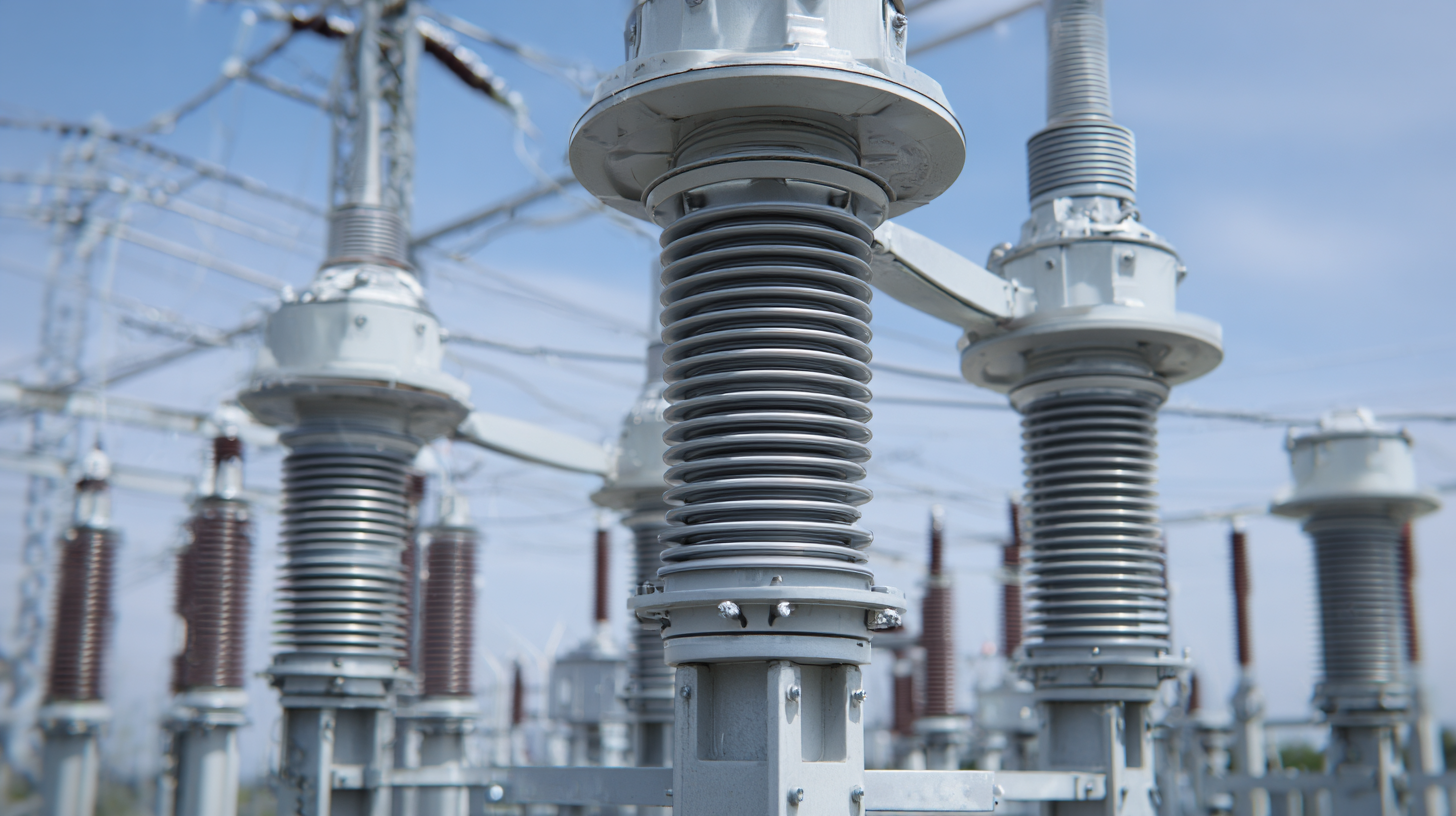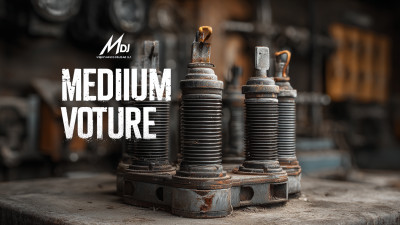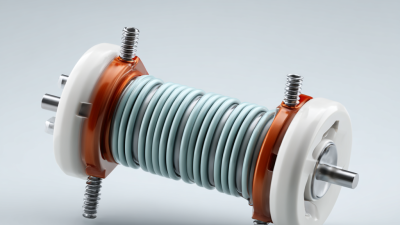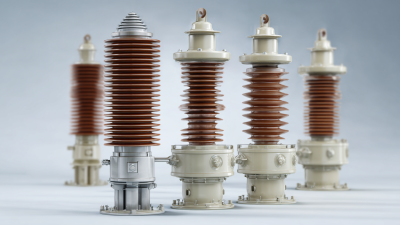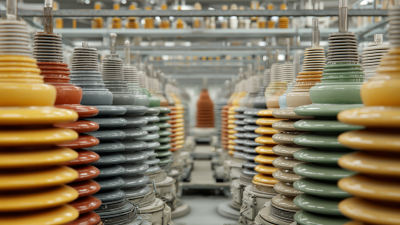Leave Your Message
In the ever-evolving landscape of electrical infrastructure, selecting the right Medium Voltage Insulator is critical for ensuring both safety and efficiency in power distribution systems.
According to a recent market research report by Mordor Intelligence, the global medium voltage insulator market is projected to grow at a CAGR of around 5.6% from 2021 to 2026, driven by increased demand for reliable electrical networks and renewable energy sources.
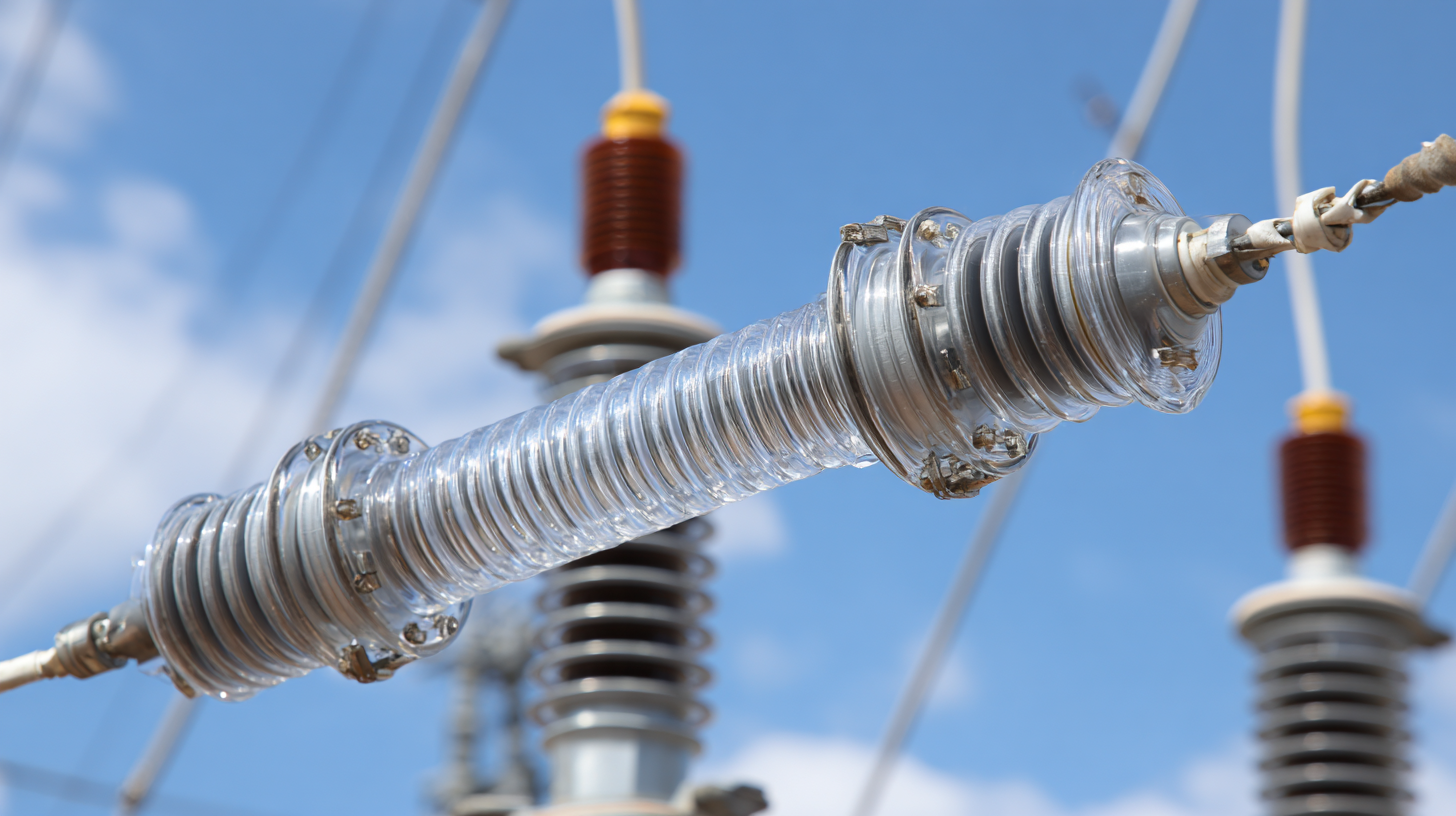
As various industries turn towards modernization and digitalization, the importance of high-quality insulators cannot be overstated. They play a pivotal role in safeguarding electrical systems against environmental factors and ensuring uninterrupted service.
Thus, understanding the essential criteria for choosing the right medium voltage insulator will not only enhance the reliability of your project but also align with industry standards and regulations.
When selecting the appropriate medium voltage insulator for your project, understanding the different types and their applications is imperative. Medium voltage insulators play a critical role in the reliability and efficiency of power distribution systems, especially as the market shifts towards renewable energy resources such as solar, wind, and hydro power. The growing adoption of these sustainable energy sources is projected to fuel the market for medium voltage insulators, with a notable increase in demand expected. For instance, the medium voltage capacitor bank market is projected to reach USD 2.8 billion by 2035, growing at a CAGR of 4.4% during the forecast period.
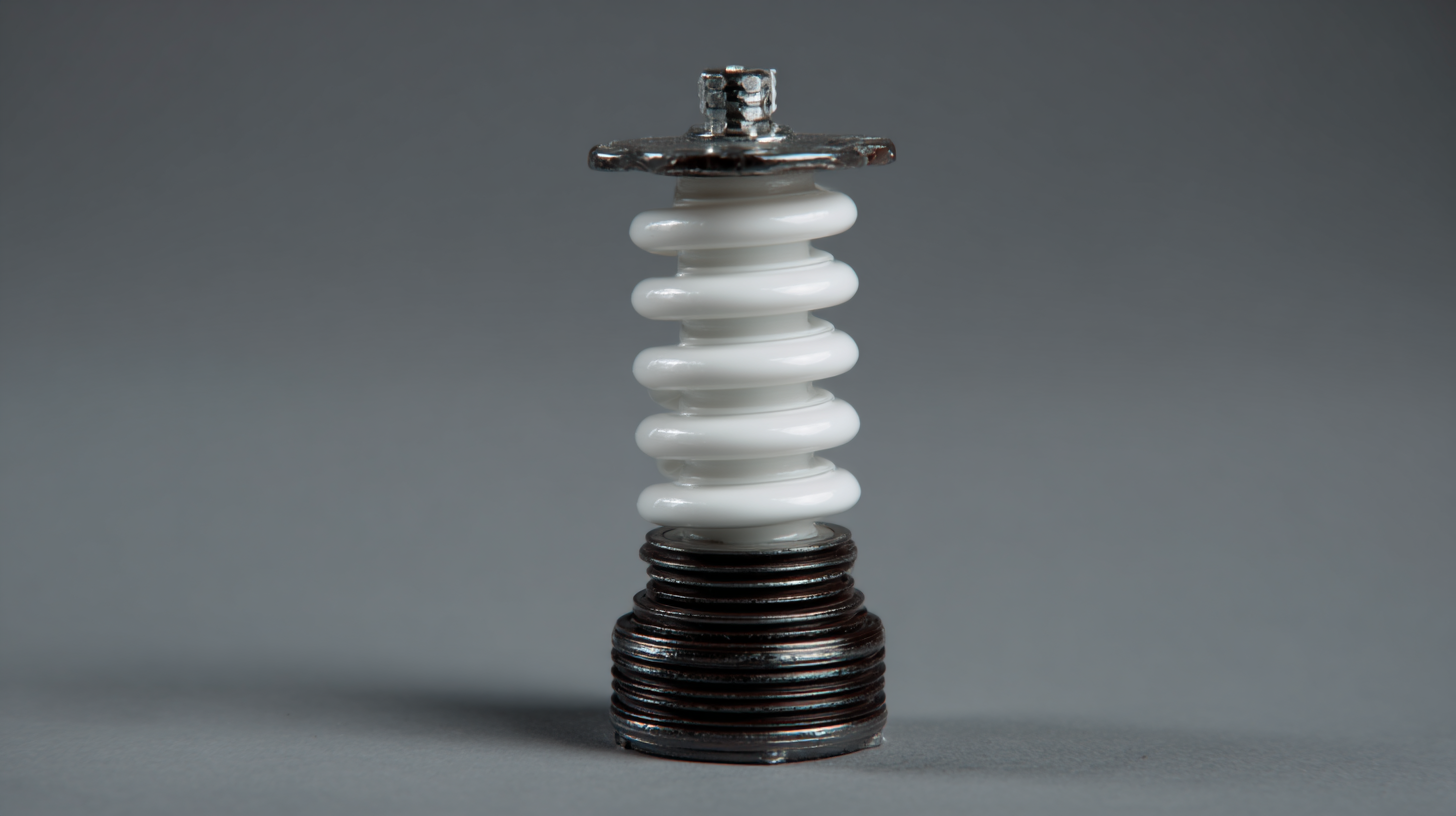
Furthermore, advancements in material science are enhancing insulator performance under varying environmental conditions. A recent performance analysis emphasizes the significance of evaluating high voltage disc insulators in both clean and polluted settings to prevent severe pollution-induced flashovers. Such flashovers can jeopardize the integrity of power systems, prompting a critical need for reliable insulation options. Comprehensive reviews, such as those focusing on polyolefin-insulation materials, are helping to pave the way for innovations that enhance the durability and efficiency of insulators in high voltage applications, thus supporting the evolving energy landscape.
When selecting medium voltage insulators for your project, several key factors come into play that can significantly affect performance and reliability. One of the foremost considerations is the material used for the insulators. According to the “Insulator Market Report 2021” by Research and Markets, composite insulators have gained popularity due to their lightweight and resistance to environmental stressors, boasting a lifespan that can exceed 30 years when properly maintained. This durability is crucial in reducing maintenance costs and ensuring continuous operation of electrical systems.
Another significant factor is the electrical and mechanical strength of the insulators. IEC 61109 standards highlight that insulators must withstand not only electrical stress but also mechanical forces due to wind and ice loads. It is essential to assess the specific environmental conditions of your project site, including temperature fluctuations and pollution levels, as these can greatly influence the selection of the appropriate insulator type. Some studies suggest that insulators designed for high pollution areas must feature specialized coatings to prevent flashover, thereby enhancing operational reliability and safety. By carefully considering these parameters, you can ensure that the chosen medium voltage insulators meet the technical demands of your electrical infrastructure.
| Tip Number | Key Factor | Description | Considerations |
|---|---|---|---|
| 1 | Material Type | Choose between porcelain, glass, and composite materials depending on environmental factors. | Consider weathering properties and mechanical strength. |
| 2 | Electrical Strength | Ensure the insulator can withstand the voltage levels in your application. | Check the ratings and standards applicable to your region. |
| 3 | Installation Environment | Assess whether the installation will be in urban, rural, or extreme environments. | Consider pollution levels, moisture, and temperature extremes. |
| 4 | Mechanical Properties | Examine the tensile strength and impact resistance of the insulator material. | Ensure it can handle loading conditions during its lifespan. |
| 5 | Cost vs. Performance | Evaluate the cost of insulators against their performance and lifespan. | Consider long-term savings over initial costs. |
| 6 | Compliance with Standards | Ensure the insulator meets local and international standards. | Check certifications and test reports. |
| 7 | Maintenance Requirements | Understand the maintenance needs for the selected insulator type. | Plan for inspections and cleaning as needed. |
When selecting the right medium voltage insulator for your project, evaluating environmental conditions is crucial for ensuring optimal performance and longevity. According to the IEEE Std 18-2002, environmental factors such as temperature, humidity, and pollution levels can significantly impact the performance of insulators. For instance, insulators used in coastal regions must withstand higher levels of saltwater exposure, which can lead to accelerated degradation if not specified correctly. Reports indicate that insulators exposed to severe environmental conditions can experience up to a 50% reduction in their service life compared to those in milder climates.
Additionally, the insulator material plays a vital role in its performance in various environmental contexts. Silicone rubber insulators, for example, have been shown to provide superior hydrophobicity and resistance to pollution, making them ideal for areas with high air contamination. Studies by the Electric Power Research Institute (EPRI) show that these materials can decrease leakage currents by as much as 70% in polluted environments. Therefore, taking the time to assess the specific environmental challenges of your site will guide you in selecting the most suitable insulator type to enhance reliability and reduce maintenance costs in the long run.
When selecting medium voltage insulators for a project, avoiding common pitfalls can significantly enhance performance and longevity. A major mistake is underestimating the environmental factors that influence insulator selection. According to a recent industry report by the Electric Power Research Institute, nearly 30% of insulator failures are attributed to environmental conditions such as humidity, pollution, and temperature fluctuations. Thus, it's crucial to choose insulators rated for specific environmental challenges to boost reliability.
Another frequent error is overlooking the importance of mechanical strength. A study published in the IEEE Transactions on Power Delivery highlighted that insulators with inadequate mechanical properties could lead to catastrophic failures, particularly in areas subjected to high winds or seismic activities. Choosing insulators that not only meet voltage requirements but also possess superior mechanical resistance is essential for ensuring safety and minimizing maintenance costs in the long term. Being informed about these common mistakes allows project managers to make educated decisions, ultimately leading to successful project outcomes.
When selecting a medium voltage insulator for your project, budgeting is a critical factor that directly impacts both cost and performance. It’s tempting to go for the cheapest option available, but it’s essential to evaluate how quality insulators can lead to long-term savings. A high-quality insulator may have a higher upfront cost, yet it often offers superior performance, durability, and lower maintenance expenses over its lifespan. This balance between cost and performance is crucial in ensuring that your project runs smoothly without the risk of future issues related to inferior products.
Furthermore, much like the latest advancements in insulation technology we're seeing across other industries, such as coolers and HVAC systems, the insulator market is also evolving. Investing in advanced materials that provide better insulation properties can enhance the efficiency of your electrical systems. While these products might come with a steeper price tag, their advantages, including improved reliability and reduced energy losses, could outweigh the initial costs. Thus, understanding your project's specific needs and considering long-term benefits is essential when navigating the challenging landscape of insulator selection.
